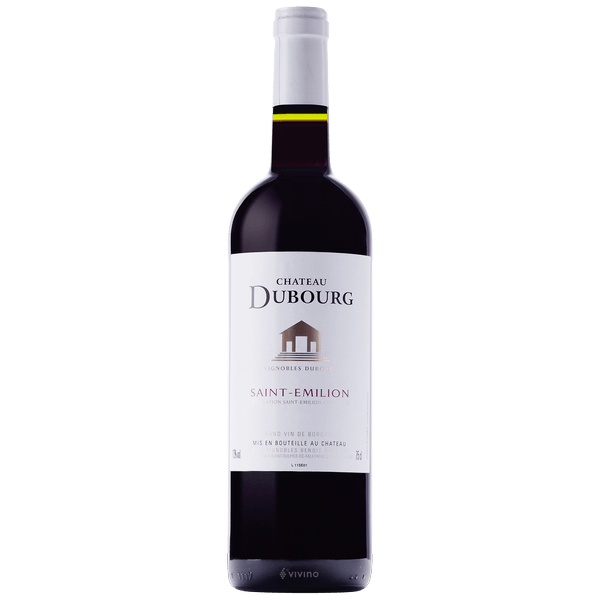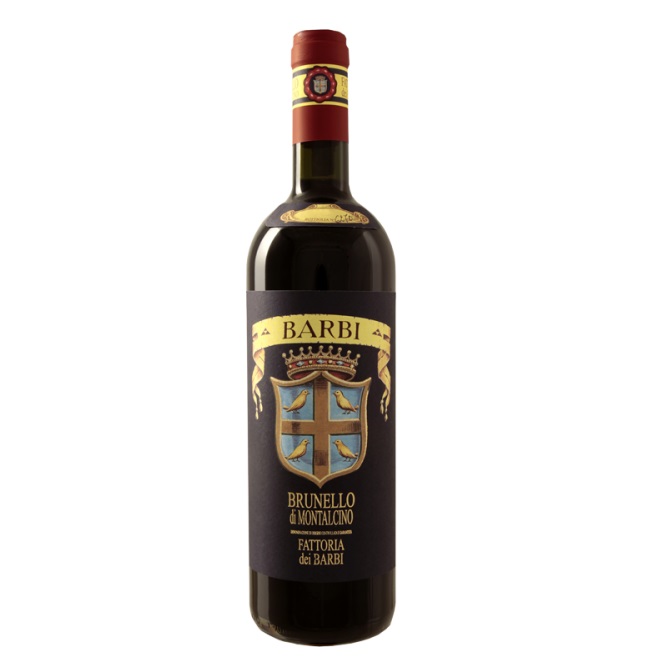2015 Chateau Dubourg Saint Emilion
2015 Chateau Dubourg Saint Emilion Ruby red colour with middle intensity. Nice and flattering expressif nose, dominated by red fruit notes (cassis, rasberry) and discretely toasted notes. In mouth, the attack is frank and fruity, tannins are supple, the final is fresh and very aromatic (fresh fruits). It is a pleasant wine from France, easy to drink and soft.
St-Émilion
Marked by its historic fortified village—perhaps the prettiest in all of Bordeaux, the St-Émilion appellation, along with its neighboring village of Pomerol, are leaders in quality on the Right Bank of Bordeaux. These Merlot-dominant red wines (complemented by various amounts of Cabernet Franc and/or Cabernet Sauvignon) remain some of the most admired and collected wines of the world.
St-Émilion has the longest history in wine production in Bordeaux—longer than the Left Bank—dating back to an 8th century monk named Saint Émilion who became a hermit in one of the many limestone caves scattered throughout the area.
Today St-Émilion is made up of hundreds of independent farmers dedicated to the same thing: growing Merlot and Cabernet Franc (and tiny amounts of Cabernet Sauvignon). While always roughly the same blend, the wines of St-Émilion vary considerably depending on the soil upon which they are grown—and the soils do vary considerably throughout the region.
The chateaux with the highest classification (Premier Grand Cru Classés) are on gravel-rich soils or steep, clay-limestone hillsides. There are only four given the highest rank, called Premier Grand Cru Classés A (Chateau Cheval Blanc, Ausone, Angélus, Pavie) and 14 are Premier Grand Cru Classés B. Much of the rest of the vineyards in the appellation are on flatter land where the soils are a mix of gravel, sand and alluvial matter.
Great wines from St-Émilion will be deep in color, and might have characteristics of blackberry liqueur, black raspberry, licorice, chocolate, grilled meat, earth or truffles. They will be bold, layered and lush.
Related products
2020 Jean Marc Brocard Chablis 1er Cru Montee de Tonnerre 2020 Jean Marc Brocard Chablis 1er Cru Montee de Tonnerre has aromas of crystallized apricot, underlying butter and liquorice notes, with touches of spices (white pepper). Lovely minerality, with a powerful and a structured finish. One of the most popular and versatile white wine grapes, [...]
Chateauneuf-du-Pape
2020 Domaine Berthet Rayne Chateauneuf-du-Pape Rouge 2020 Domaine Berthet Rayne Chateauneuf-du-Pape Rouge Aromas of plums, cassis, and cherries presented in a medium bodied, spicy style with beautifully pure fruit, a savory mouthfeel, moderate but ripe, sweet tannin, and a long finish. VARIETAL COMPOSITION: 65% Grenache Noir, 20% Mourvèdre, 10% Cinsault, 5% Syrah. TERROIR: The estate [...]
Burgundy
2019 Nicolas Rossignol Volnay 2019 Nicolas Rossignol Volnay is medium to full-bodied with aromas of plums, wild berries, warm spices and licorice, fleshy and layered, with fine concentration, lively acids and an ample core of fruit. Concluding with elegantly chalky grip on the finish, this cuvée has always been one of the more charming and immediate [...]
Chardonnay
2022 Jean-Marc Brocard Chablis Sainte Claire 2022 Jean-Marc Brocard Chablis Sainte Claire is tart, with notes of lemon oils and mango skin, as well as a bit of minty herbaceousness. On the palate, there are flavors of honey, tropical fruits just barely ripened, as well as a finish of bracing acidity. One of the most popular [...]



